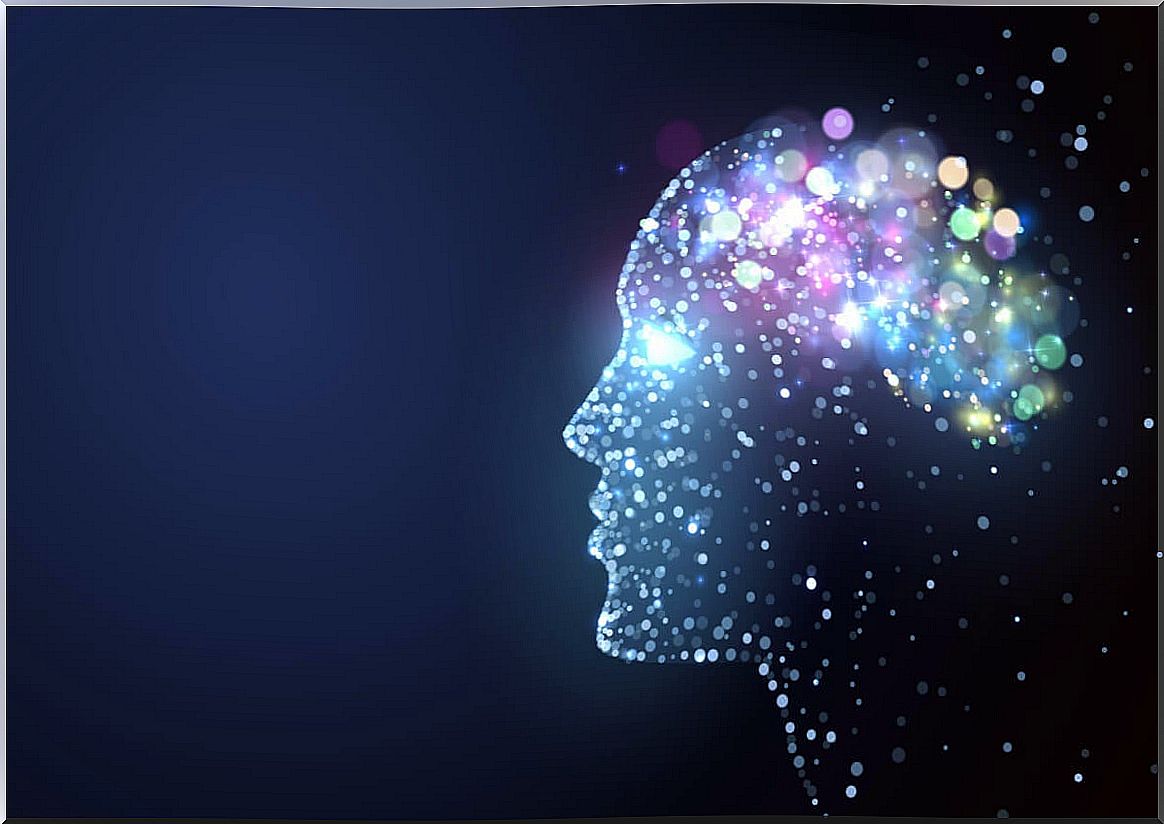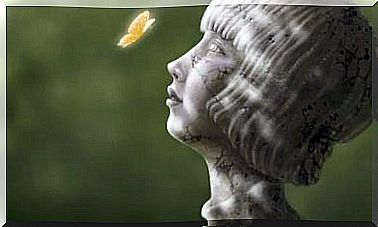What Are Memories Made Of?

What are memories made of? We could say that a myriad of emotions set forming more or less beautiful jewels. Also from a chest of sensations, some more pleasant, others highly painful. A memory is also a perfume in the memory, a smell of childhood and, of course, successions of images that, like slides, we recall from time to time.
We could define this dimension in a thousand ways, some more poetic than others. However, for neuroscience a memory has little of romantic, poetic or literary. In fact, once again, to explain how the brain processes and organizes memories, the metaphor of computers is used. The truth is that this body acts in a very similar way to the most sophisticated of processors.
Furthermore, like any set of cables, subroutines and electrical systems, it is not exempt from making mistakes. The brain, like any machine, also makes mistakes and if there is a dimension where mistakes and confusion are frequent, it is memory. In fact, a small part of the memories that we validate are made up.

What are memories made of? This is what science tells us
Are memories “things”? Are they made up of atoms? Can you see a memory under a powerful microscope? The answer to all these questions is obvious: no.
If we ask ourselves what memories are made of, we must visualize groups of neurons connected to each other, forming “taxonomic trees”, groups of specialized cells.
Now imagine a person with amnesia. He is someone who cannot retrieve from his memory who his mother was, when was his first kiss or what his last pet was called. However, you can remember what you ate this morning or the title of the movie you saw an hour ago. This man or this woman is apparently healthy, yet there is something wrong with his brain.
The first thing we must understand is that our memories are not in a specific warehouse. In reality, we have a complex taxonomy of memory systems, each with its own specialized neurons and circuits. This explains why there are people who suffer from retrograde, anterograde, dissociative, drug-induced, transient global amnesia, etc.
Let’s know more data.
The protein responsible for building your memories: AKT
In the brain we have a molecule that acts like that special cement, putty or glue that shapes our memories. It is the AKT protein.
Studies such as those carried out at the University of Colorado tell us about something fascinating: this element is present in all brain tissue and is what makes it easier for new experiences to turn into new memories.
The brain is like a barcode recognizing patterns
We spoke at the beginning of the metaphor of the brain as a computer. Something that many neurologists who are experts in human memory tell us is that memories are not like photographs that one saves at high resolution and with many megapixels. In reality, the memory works almost like QR codes.
In other words, what the brain does is categorize each stimulus and experience. And it does so based on neural patterns. Each memory is a connection between several neurons and this generates an electrical pattern, so to speak.
Every time we retrieve a specific piece of information, a neuronal stimulation is generated capable of causing an image, an emotion or a sensation to be instantly evoked in our mind.

What are memories made of? They are constellations of stars
It was Carl Sagan who said that we are stardust reflecting on the stars. Now, if we ask ourselves what memories are made of, it can also help us to visualize a set of stars forming small galaxies. Why do we say this? It is easy to understand and wonderful if we see it this way.
As we have pointed out, a memory is nothing more than a set of neuronal cells linked together. As we accumulate more and more experiences and memories, bulges of cells form, forming complex structures that, seen with new diagnostic techniques such as MRIs, look like small stars inside a galaxy emitting electrical pulses.
Also, it is important to consider another aspect. Although it is true that the brain organizes memories as patterns, sometimes it makes mistakes. It can distort events, it can fill in information with made-up data, and it can also take as valid events that have never happened, as is the case with the Mandela effect.
That is, although our brain works like a computer and we have particles from ancient stars in our DNA, as Carl Sagan said, the truth is that, sometimes, it is fallible and is wrong. However, this does not make it any less fascinating.









